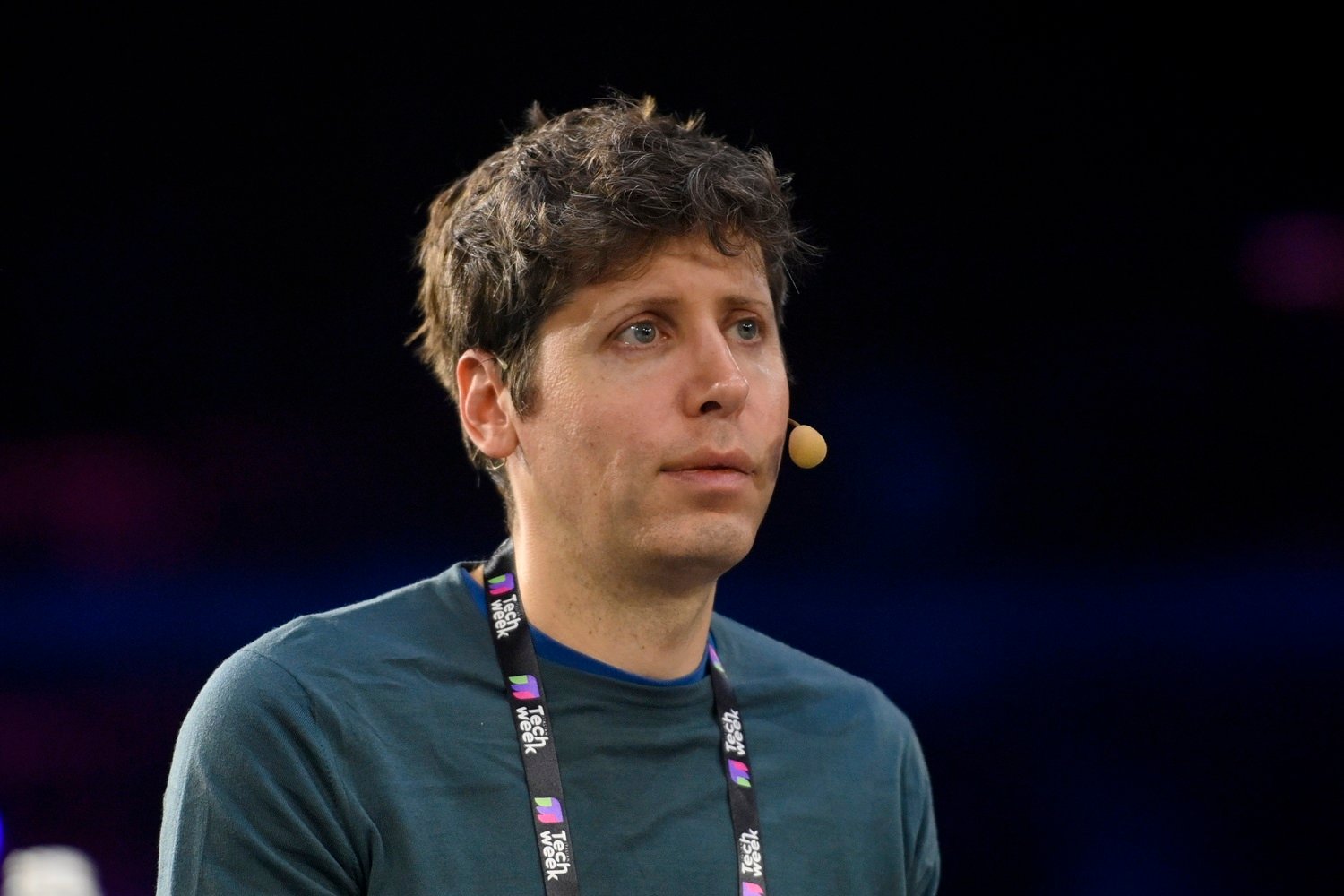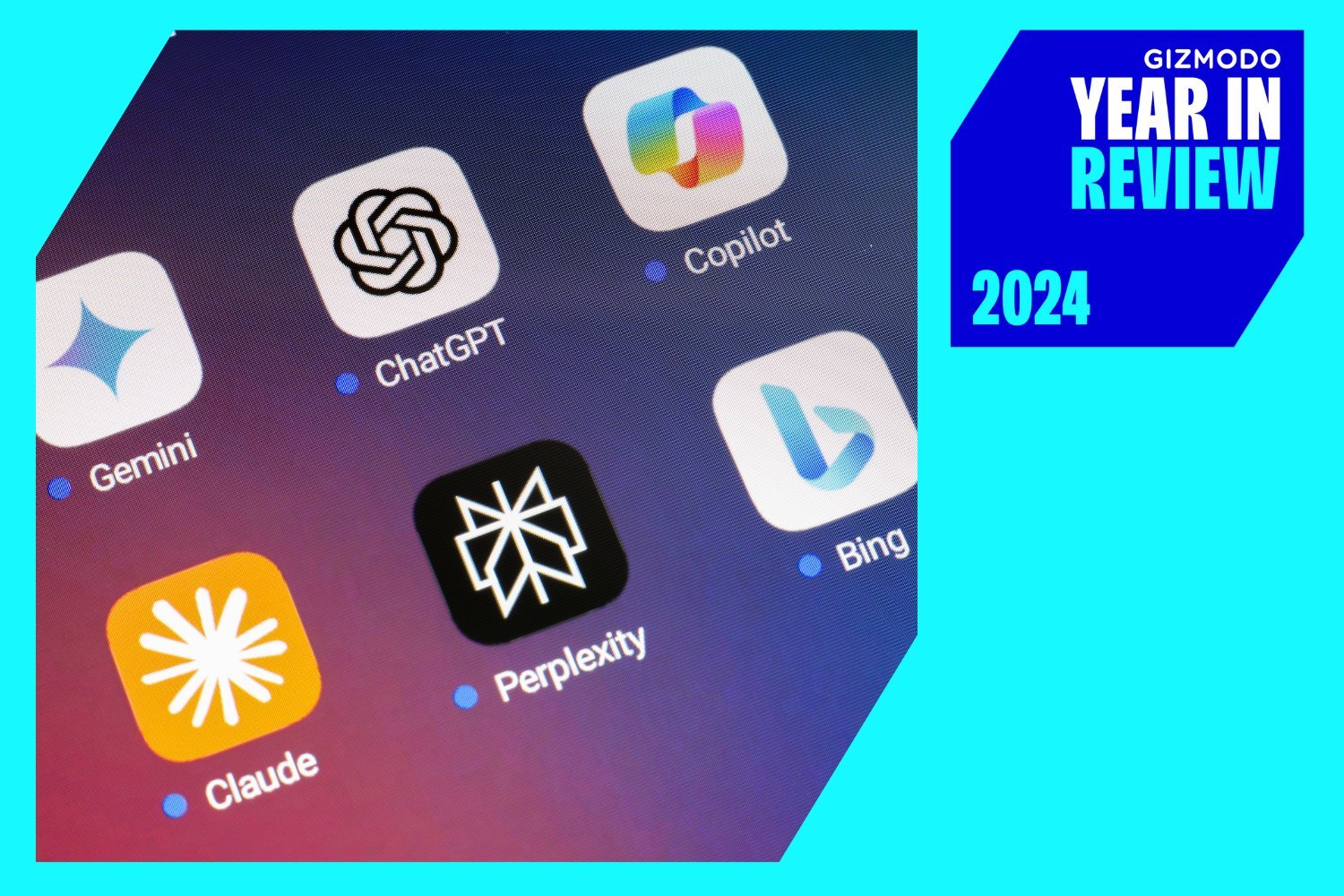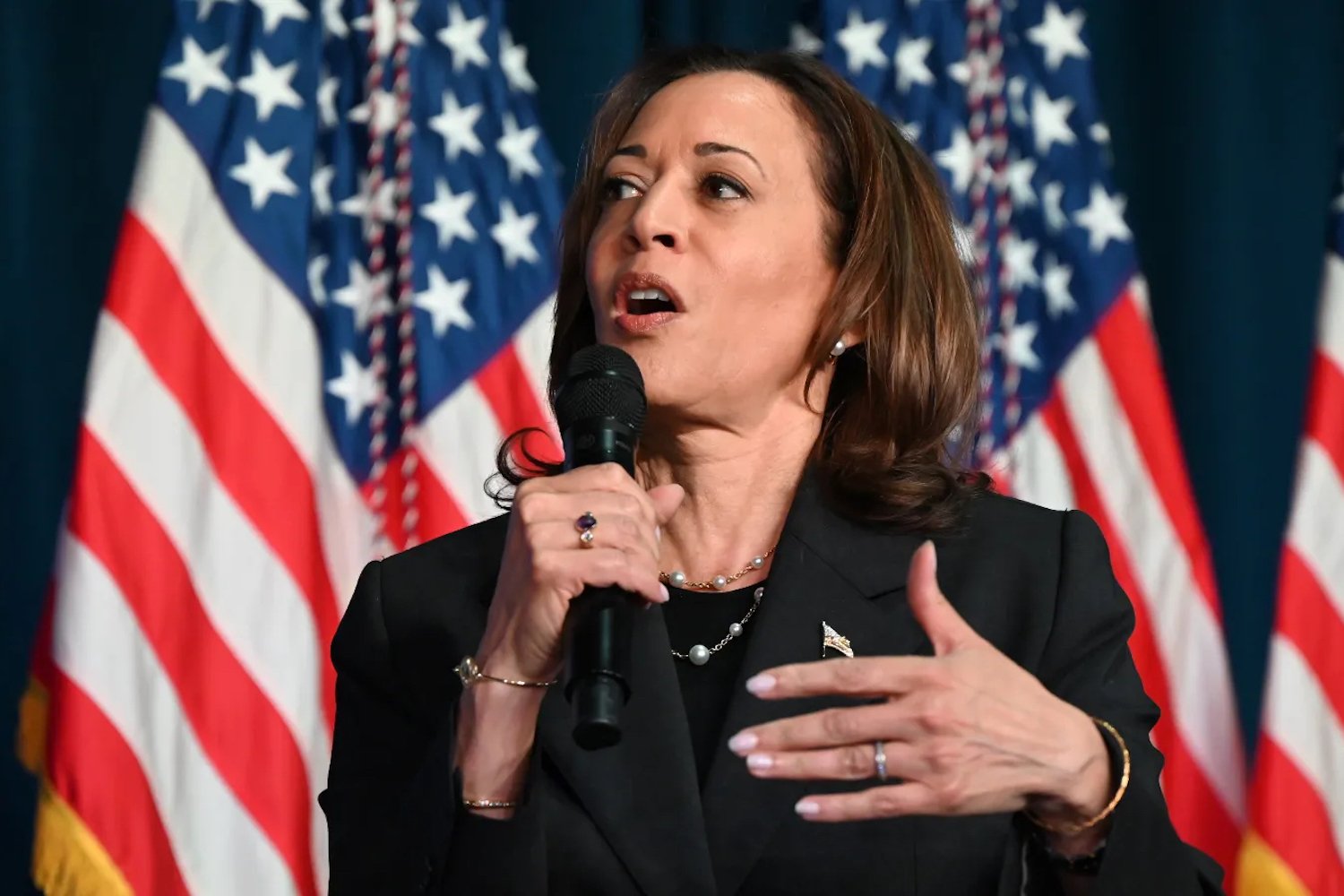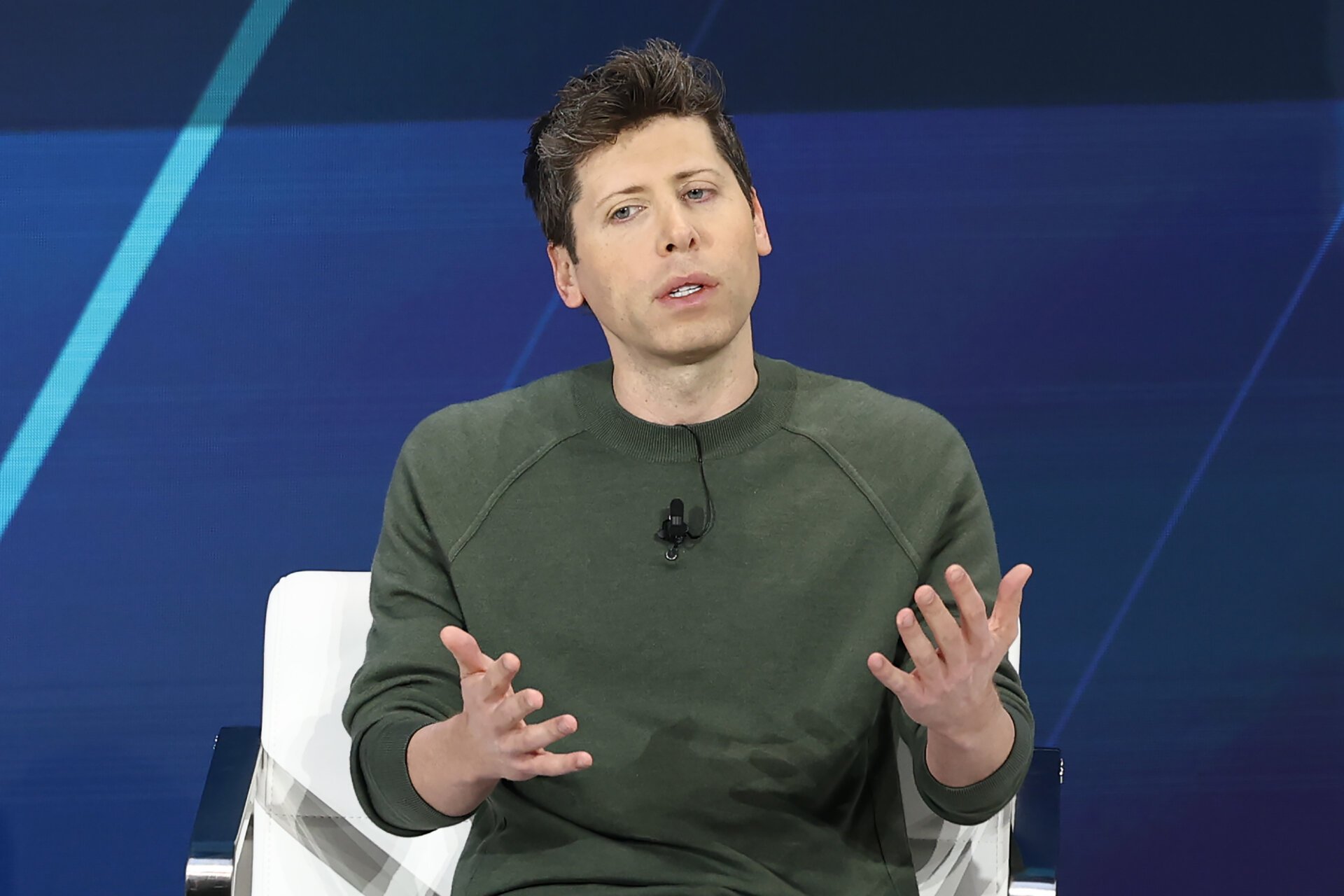OpenAI and Microsoft have a confidential definition of Artificial General Intelligence (AGI). Leaked documents revealed by The Information indicate that the two companies agreed in 2023 that AGI will be declared once an OpenAI system generates at least $100 billion in profit. This metric stands in stark contrast to more traditional definitions of AGI, which typically focus on an AI’s ability to outperform humans at a wide range of tasks.
The definition of AGI has been a long-standing debate within the AI community. Many argue that current AI systems, primarily functioning as prediction machines based on large datasets, lack true understanding of underlying concepts. However, the financial benchmark established by OpenAI and Microsoft suggests a more pragmatic, profit-driven approach to defining this significant technological milestone.
Microsoft’s $13 billion investment in OpenAI comes with a unique contractual stipulation. Once AGI is achieved, OpenAI will cease sharing new technological developments with Microsoft. This clause was designed to prevent excessive power concentration within the tech giant, aligning with OpenAI’s initial non-profit mission of creating universally beneficial products. To incentivize Microsoft’s substantial investment, the agreement allows Microsoft and other investors to receive a share of profits until a collective $100 billion return is reached. The profit cap aims to ensure that the majority of future earnings are reinvested in projects benefiting humanity.
However, OpenAI’s shift towards a for-profit model raises questions about its commitment to public benefit. The Information reports that the two companies are renegotiating their agreement in anticipation of OpenAI’s restructuring. Potential changes include ending Microsoft’s exclusive cloud hosting status and transitioning from profit-sharing to an equity-based model.
This shift reflects diverging trajectories for the two companies. Microsoft has reportedly begun integrating its own AI models into its 365 Copilot product, seeking greater cost efficiency and control over its future productivity software. This strategic move suggests a decreased reliance on OpenAI, particularly given the controversies surrounding the company.
OpenAI’s current projected revenue of $4 billion for 2024 falls far short of the $100 billion AGI profit target. Under the existing agreement, OpenAI would likely continue sharing technology and profits with Microsoft for a considerable period, a potentially unfavorable scenario as they transition into competitors and OpenAI seeks new investors. Severing the cloud hosting tie-up could also enable OpenAI to negotiate more favorable hosting costs with alternative providers, a point Google has raised with the FTC, urging them to invalidate the agreement.
Further complicating matters, OpenAI co-founder and former board member Elon Musk has filed a lawsuit to prevent the company’s conversion to a for-profit entity. Musk claims his initial $50 million investment was based on the understanding that OpenAI would remain a perpetual non-profit. He also alleges that OpenAI’s high salary practices are anti-competitive, designed to stifle rivals. Given Musk’s own competing AI venture, xAI, some view his lawsuit as a strategic maneuver to impede OpenAI’s growth.
In conclusion, the $100 billion profit benchmark for AGI established by OpenAI and Microsoft represents a unique and potentially controversial approach to defining this technological milestone. The evolving relationship between the two companies, coupled with OpenAI’s shift towards a for-profit model and legal challenges from Elon Musk, paints a complex picture of the future of AGI development and its potential impact on the tech landscape.











